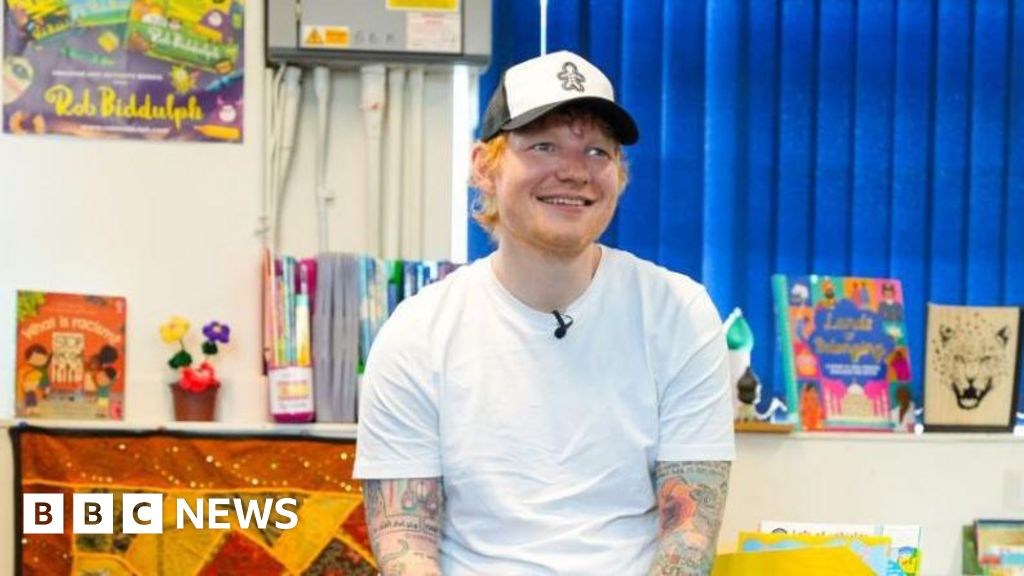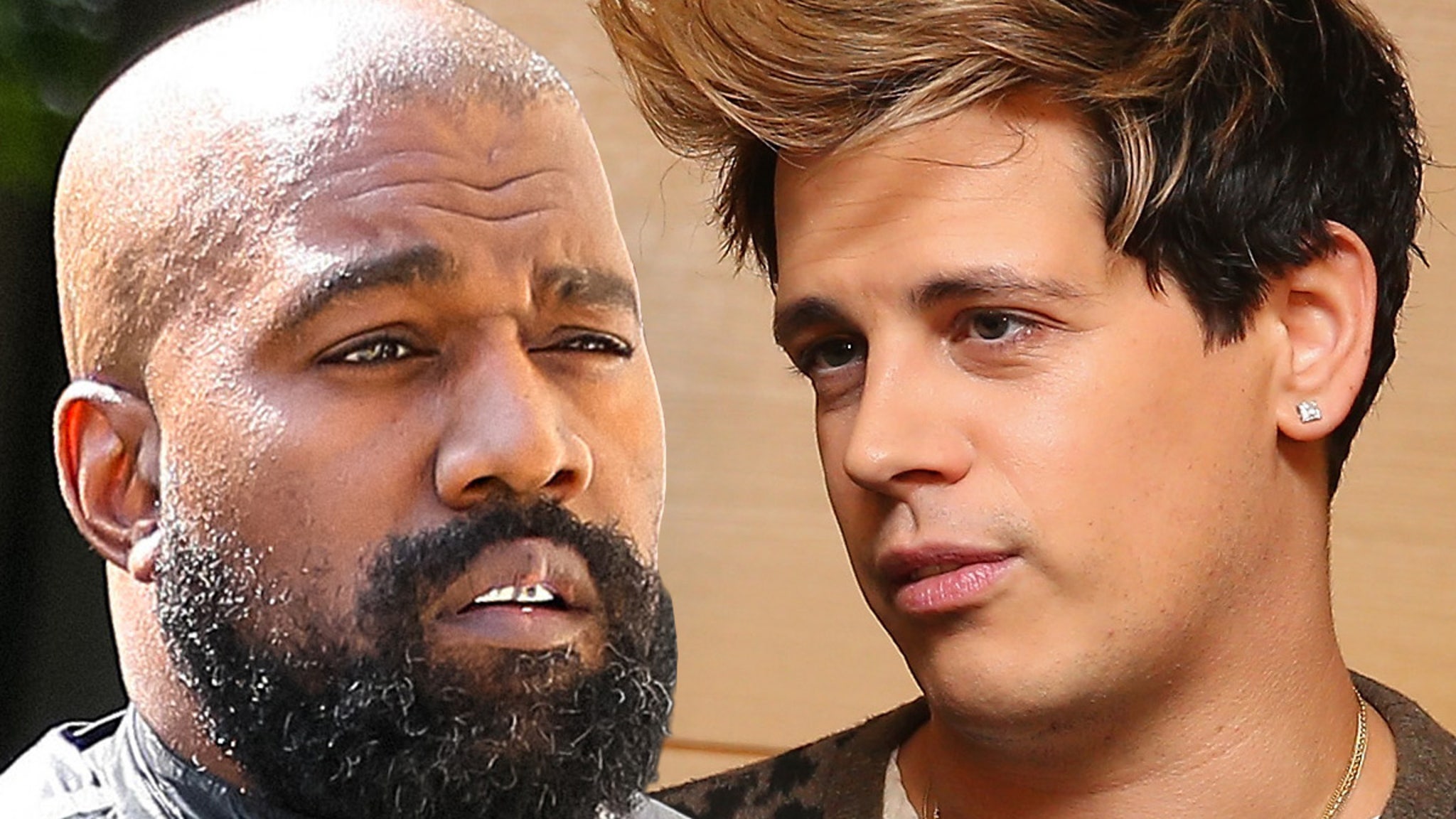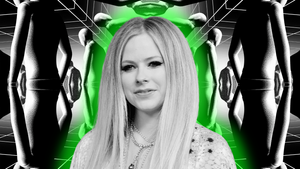Avril Lavigne was in the news this week. Or was she? Yes, she was. That’s just an example of how easy it is to start a conspiracy theory. You were taken in for a moment, weren’t you? Well, no, probably not. You were probably just confused. But that’s what this is all about - the longstanding conspiracy theory that Avril Lavigne died in 2003.
This story is one that rears its head every couple of years and gains new traction. Usually when a journalist decides to ask Lavigne if it’s true that she’s dead. To date, she has always denied it - including on a new episode of the ‘Call Her Daddy’ podcast, where Lavigne said the theory about her demise is “a good one” but also “so dumb”.
It’s possible that you’re not aware of this conspiracy theory - or that the details have slipped your mind. So let’s have a recap, because even if you do know about it, it’s always fun to refresh your memory. Like she says, it’s a good one.
The premise is beautifully simple. Avril Lavigne died in 2003, shortly after the release of her debut album ‘Let Go’. With her music selling by the bucket load around the world, her record label - Sony’s Arista Records - didn’t want to lose their new golden goose. So, instead of announcing her death, the company covered it up, drafting in a lookalike called Melissa Vandella to replace the real Lavigne.
This was easy to do because Vandella was already on the payroll. Lavigne, struggling with the pressures of fame and the death of her grandfather, had found public life increasingly difficult to cope with. Vandella was brought in to handle press and smile at the paparazzi when Lavigne was unable to do so. When Lavigne took her own life soon afterwards, Vandella simply stepped into the role full time, not just being the public face of Lavigne, but writing songs, performing live, the lot.
No cover up is perfect though. It took years to fully come to light, but clues were there almost straight away. For one thing, while Lavigne and Vandella looked very much alike, there were differences. The new Avril was slightly shorter (about 3cm, if you must know), had a different nose, and was missing moles that the real Lavigne had.
Also, Vandella - despite carrying on the ruse to this day - was wracked with guilt about deceiving the public and taking on someone else’s life. So she began dropping clues as to what had happened. The lyrics of the songs ‘Nobody’s Home’ and ‘My Happy Ending’, for example, detail exactly how Lavigne died. There are also breadcrumbs of information hidden in videos and - perhaps most tellingly - in one photoshoot ‘Lavigne’ is seen to have “Melissa” written on her hand. An open and shut case.
The detective work that went into uncovering all of this was presented on a Brazilian blog called Avril Está Morta - or Avril Is Dead - in 2011. Although the theory probably predates it, the blog’s single post explains everything in minute detail, attempting to back up everything the anonymous writer has discovered.
It wasn’t until 2015 that it really gained traction though, when Buzzfeed journalist Ryan Broderick tweeted about it. He apparently learned about it while visiting Buzzfeed’s Brazilian office and thought it was funny. But once he’d posted about it, people started to take it seriously. I mean, the information’s all there, right? It’s a very convincing argument.
The blog post itself highlights how clearly and cleanly all the details fit together when laid out. And that’s a key thing worth noting, because it often gets left out. It isn’t saying that as a positive thing. At the end of this very long write up, the post concludes by explaining that all of the above is a hoax and should be seen as a warning against believing everything you read on the internet. All it does is string together a load of coincidences and speculation into an easily digestible narrative.
“Be careful that your life is not based on a mere conspiracy theory, tidy and organised so that it seems real”, it finishes. “Reality is right in front of your nose”.
Like I say though, it’s quite a long blog post. It’s all written in Portuguese too. Who has time for all that? Once the conspiracy theory transferred into the English-speaking world it took on a new life and had new details added to it. And whether people really believe it or not, it’s become popular enough that Lavigne now finds herself having to answer questions about it with a certain regularity.
It’s a weird thing to be asked though. “Hi there! Are you dead?” I mean, how are you supposed to answer that? “Oh yeah, you got me. I’ve now been Avril for longer than she was”.
Of course, Lavigne doesn’t say anything like that. She takes it in good humour and tries to move on.
Tackling the matter when asked about it by ‘Call Her Daddy’ host Alex Cooper, she said, “It’s just funny to me. On one end, everyone’s like, ‘You look the exact same. You haven’t aged a day’. But then other people are like, there’s a conspiracy theory that I’m not me”.
“Honestly, it’s not that bad”, she went on. “It could be worse, right? I kind of feel like I got a good one. I don’t think it’s negative or anything creepy. We’re good”.
There you go. Issue addressed. Time to move on. Except Cooper didn’t. She pressed on and asked the singer categorically state that her name really is Avril Lavigne.
“Obviously, I am me”, she said. “It’s so dumb”.
Having an ongoing conspiracy theory does elevate her position in the entertainment industry though. Not everyone gets one. Although she’s not the only artist to have conspiracy positing that they died and were replaced by a doppelganger - the most famous being the one involving Paul McCartney. That one’s been around since 1966 though. It remains to be seen if the story of Avril Lavigne’s death and replacement can last nearly 60 years.
Want more? Here’s a round up of the other funny, amusing or just silly music news stories we came across this week…














